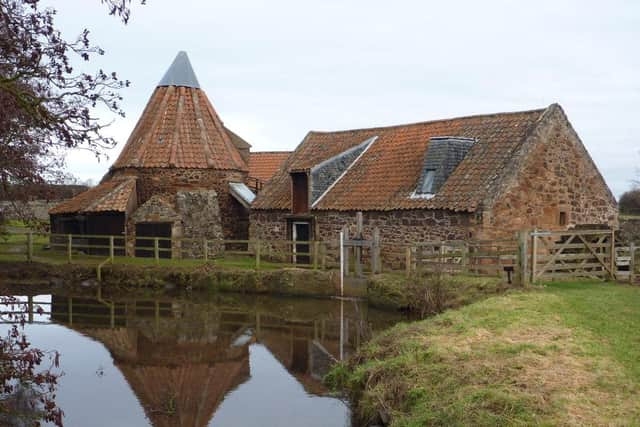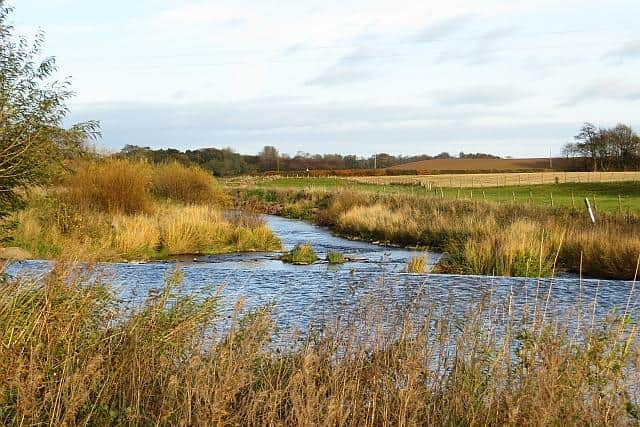Outlander river project could see wild salmon return to the Tyne in East Lothian
Let us know what you think and join the conversation at the bottom of this article.
Work to remove barriers along the River Tyne in East Lothian could open up around 200km of waterways to migrating salmon and sea trout.
The Scottish Environment Protection Agency (SEPA) said the work is one of the largest fishing channel projects it has ever undertaken.
Advertisement
Hide AdAdvertisement
Hide Ad

It is targeting disused weirs, once used to divert water from the river to mill waterwheels, and looking at ways to remove them and open up the river to fish.
Work to restore the Preston Mill weir, which has become a tourist attraction since featuring in Outlander, has been carried out already.
Made famous by its use as Lallybroch in Outlander, Preston Mill lets people step back in time to when it was used commercially until 1959 with tours now showcasing the gruelling life of the miller’s work.
Its most famous feature, the water wheel, has been stuck since September 2019 and is no longer able to turn – just like in the TV drama.


The mill and its waterwheel featured prominently in the first series of the American cable show which found international fame for its stars and put the East Lothian location on the international map.
Now work is underway to remove Knowes Weir, less than a mile from the famous landmark, which is 40 metres wide and diverted water to Knowes Mill.
And talks are underway with the National Trust for Scotland (NTS), who oversee Preston Mill , over dredging work at the site to further improve access.


Julia MacPherson, SEPA Restoration Specialist said Knowes Weir was a priority as the project moves forward as it is the nearest barrier to the sea.
Advertisement
Hide AdAdvertisement
Hide AdShe said: “SEPA is working closely with partners to improve the River Tyne in East Lothian for migratory fish and bring additional wider environmental improvements to the area in the next few years.
“With several impassable weirs on the River Tyne, the aim is to open up around 200km of habitat for fish such as salmon and sea trout by removing barriers, making the entire river accessible to fish.
“This is one of the largest fish passage projects in Scotland and will benefit both the environment and communities, by reconnecting people with the nature that swims right through their towns and villages.
“We are working to carefully remove most of Knowes Weir to give migratory fish the best chance of reaching suitable upstream habitat.
“Working with the local authority and landowners we are pursuing a design which works for everyone – allowing water to continue to flow through the mill lade preserving its heritage interest, along with interpretation, for visitors travelling along the John Muir Way trail.”
When the project was first put forward SEPA estimated up to 90 percent of the River Tyne in East Lothian was inaccessible to the fish at one time or another.
Alison Baker, director of the Forth Rivers Trust said: “Atlantic salmon are in crisis with population levels crashing and eels are endangered and in decline. We urgently require action from SEPA to resolve long term issues to support this fantastic river for communities and wildlife.”
A message from the Editor:
Thank you for reading this article. We're more reliant on your support than ever as the shift in consumer habits brought about by coronavirus impacts our advertisers.
If you haven't already, please consider supporting our trusted, fact-checked journalism by taking out a digital subscription.
Comments
Want to join the conversation? Please or to comment on this article.